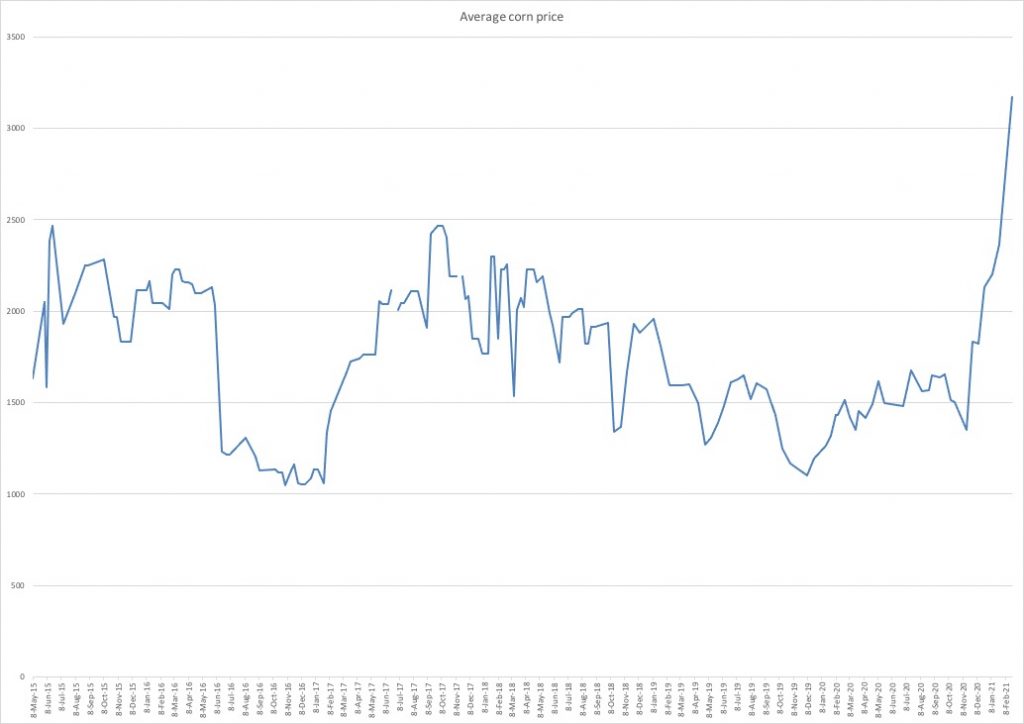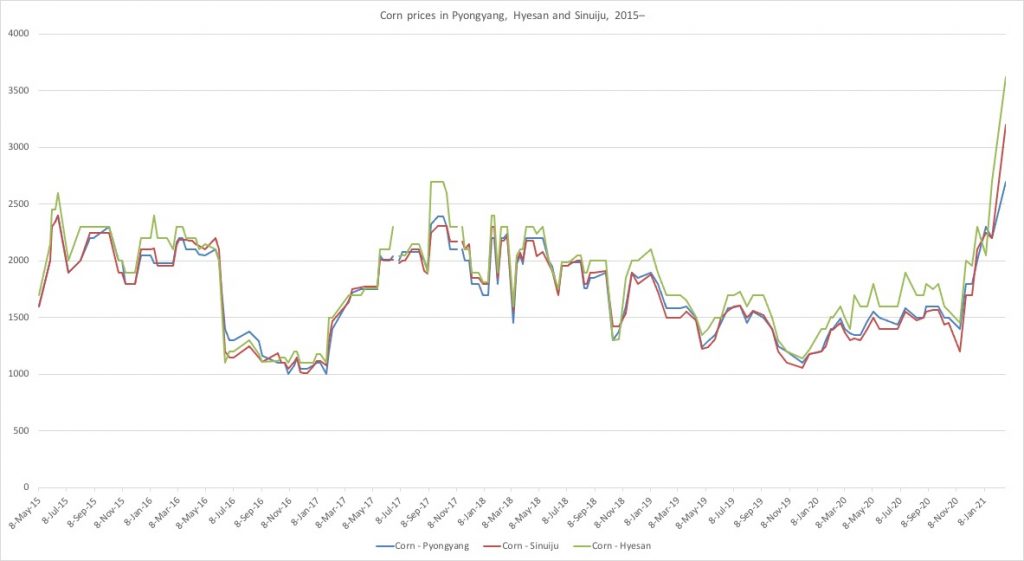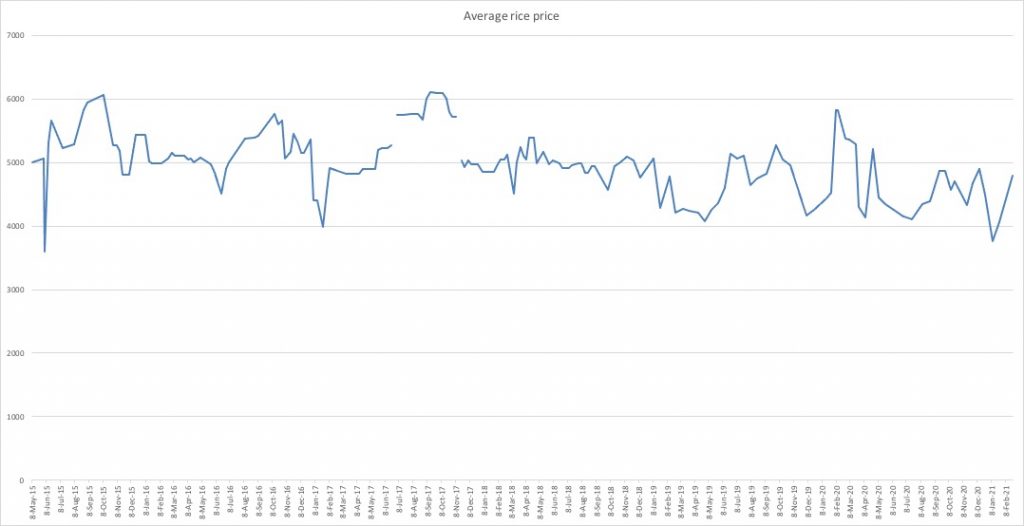By: Benjamin Katzeff Silberstein
In a recent article at 38 North, North Korea economy scholars Eun-Ju Choi and Young Hui Kim argue that the rumors of the death of Kim Jong-un’s reformist policies are highly exaggerated. Their full article is available here. As someone who has written about the increasingly anti-market policy signals coming from the North Korean regime over the past two or so years, I’d like to add a couple of thoughts.
First, Choi and Kim make a very good point: we have in fact not seen much in the way of practical, tangible evidence of a market crackdown actually going on. Indeed, most of this evidence is anecdotal and small-scale: scattered news via Daily NK and other outlets. There are two things to note about this. One is that, unfortunately, this is often how the news flow from North Korea works. When we can sufficiently say what is a broad, overarching trend and what is scattered but few news reports is often only clear in hindsight. At this time of writing, I’d argue we have enough of this anecdotal evidence to confirm that something is going on, but we don’t yet know of the scale of the process. (One could of course regard the entire border closure as an anti-market policy measure, at least in part.)
Second, however, Choi and Kim’s main argument seems to be that the fruits of the first few years of Kim Jong-un’s policy experimentation still stand. That may well be true — to this date we have seen no wholesale repudiation of any of the policy changes enacted in the first few years of Kim’s tenure. At the same time, Choi and Kim seem to be banking on Kim and the North Korean government simply not implementing the policies set out at the 8th WPK congress and before. Looking at what the government has said that it’s going to do, the anti-market policy turn becomes overwhelmingly evident. Choi and Kim, I would argue, are doing a bit of cherry-picking in their reading of these policy changes, focusing disproportionately on interpreting the emphasis on, for example, the Cabinet’s role in the economy. But there are many, many more examples.
Still, I hope that Choi and Kim end up being right, and that myself and many others end up being wrong. Only time will tell.



